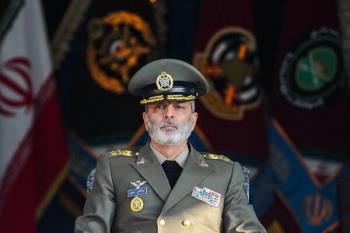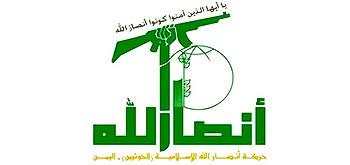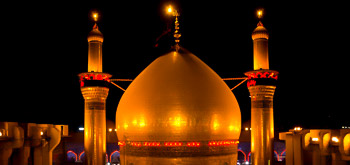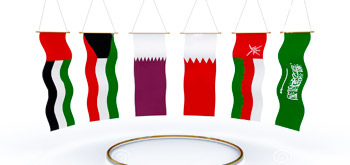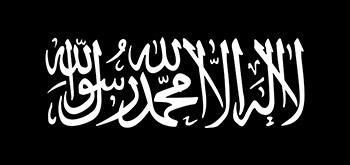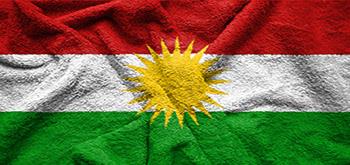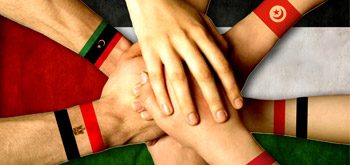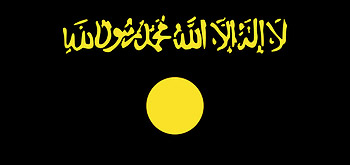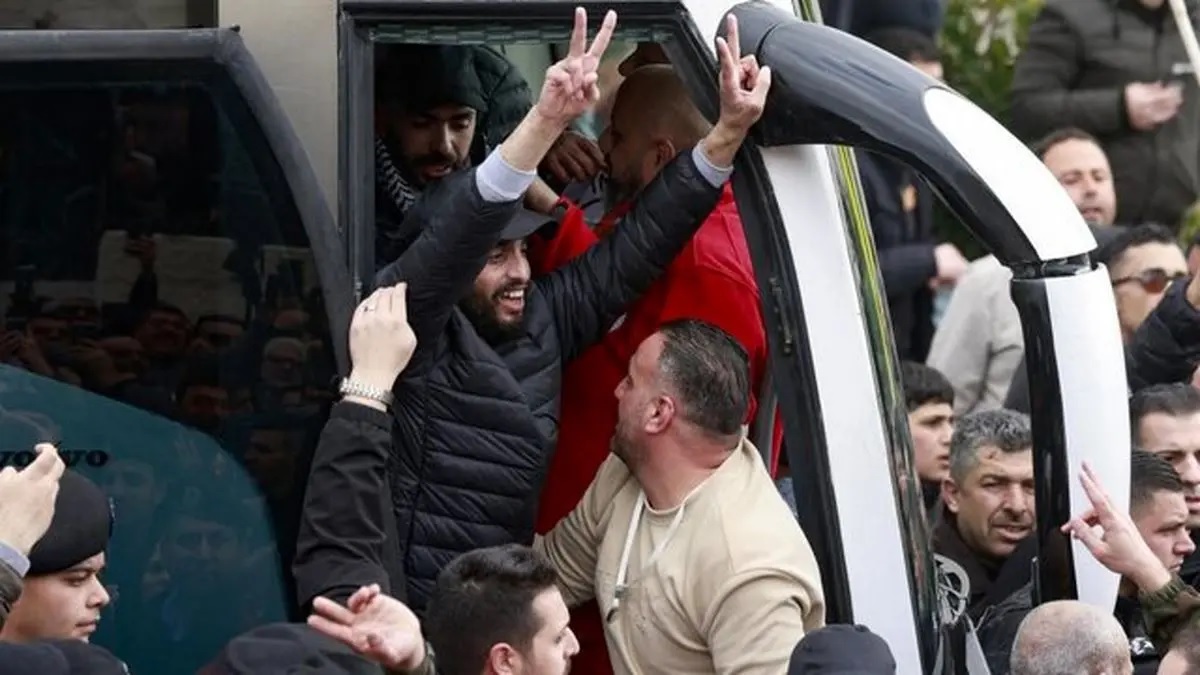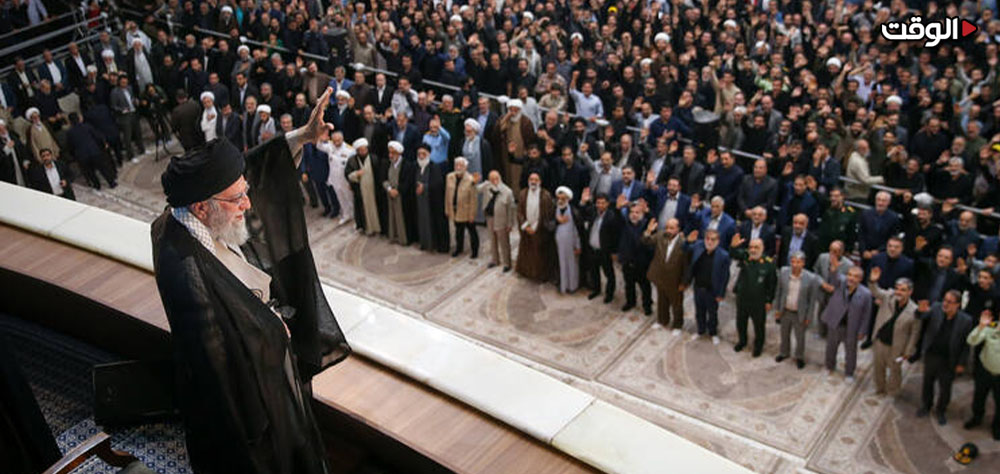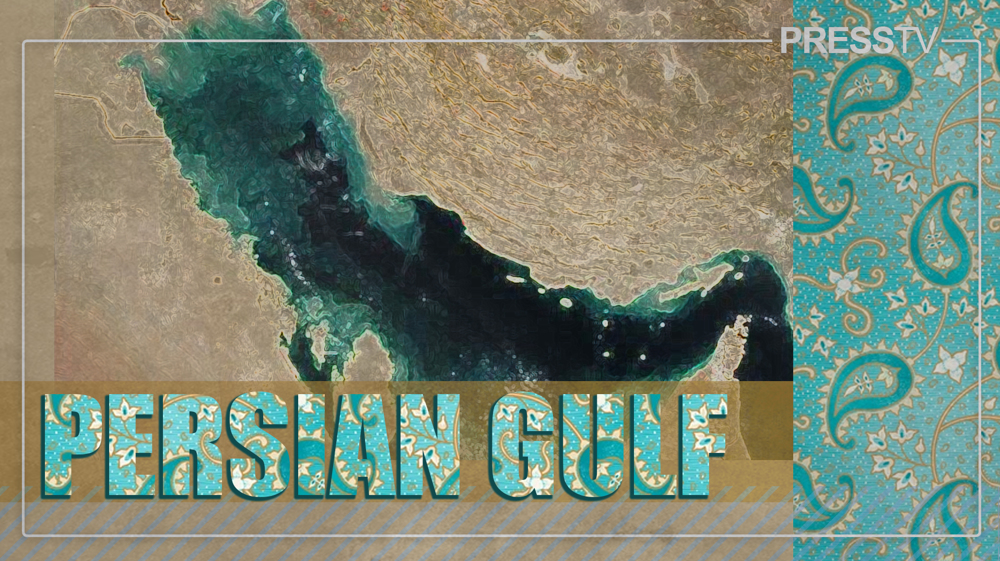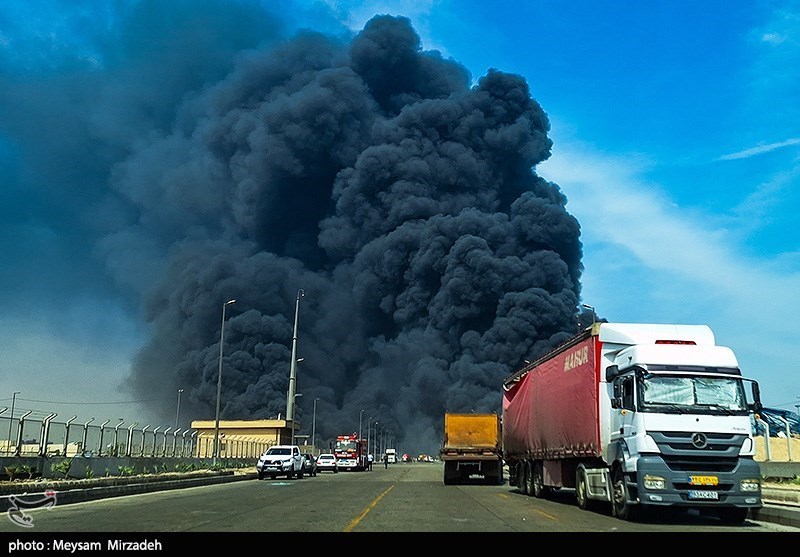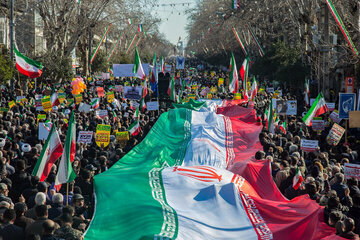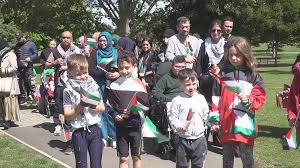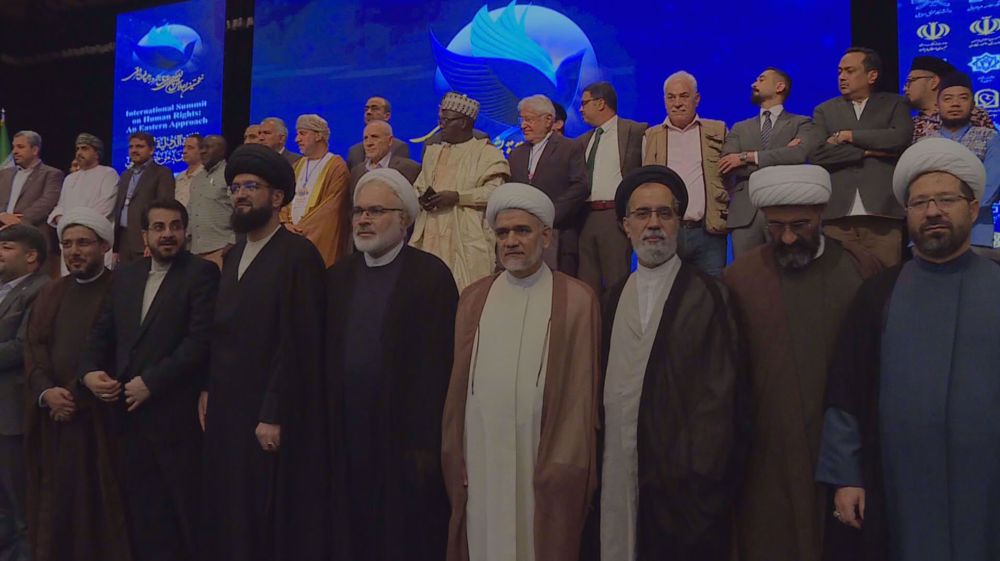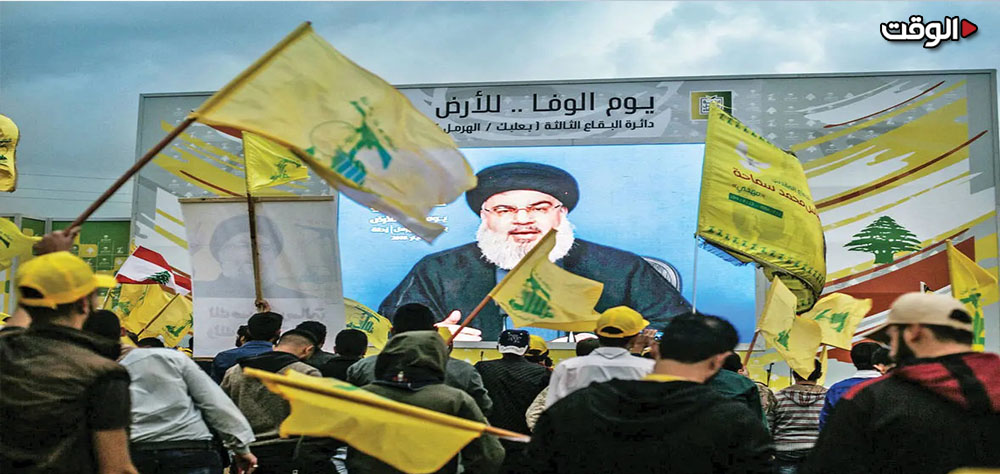Alwaght- After years behind the bars in the Israeli occupation prisons, tens of Palestinians who were serving life sentences were freed under a prisoner swap between Israel and Hamas. The swap comes as the Israelis after two years of genocidal war have failed to free their prisoners held by Hamas since October 7 and had no choice but to negotiate a deal with the resistance movement.
Freedom of Palestinian prisoners in figures
Palestinian sources said they have succeeded in securing the release of many of their prisoners over the past two years. The figures on prisoner releases during the Gaza war are as follows:
Three agreements: The number of prisoner swap deals reached between Hamas resistance forces and Israeli occupation troops during two years of fighting in Gaza.
3,985 Palestinian prisoners: Total number of Palestinians freed as a result of the three agreements during the two-year Gaza war.
1,968 prisoners: Final count of Palestinian detainees released in the third phase of the deal, confirmed by Israel’s Prison Service, coinciding with the Sharm El-Sheikh summit.
486 prisoners: Those serving life sentences who were freed.
319 prisoners: Those previously serving long-term sentences.
297 prisoners: Children released from Israel prisons.
114 prisoners: Released Palestinian women.
33 Prisoners: Female and underage detainees who were facing potential life or long-term sentences.
2,724 prisoners: Palestinians from the Gaza Strip who were arrested by Israeli forces after October 7 and later released.
Failure of Netanyahu’s narrative
With the implementation of the first Gaza ceasefire on October 10, which included retreat of the Israeli forces from parts of Gaza, release of 20 living Israeli prisoners, and around 2,000 Palestinian prisoners, the two-year Gaza war has temporarily ended. This development has put the Israeli Prime Minister Benjamin Netanyahu in a complicated situation politically. On the one hand, he calls the deal a diplomatic success, but the reality is that after two years of a large-scale military campaign and huge casualties, he had not realized two main war objectives which were release of the prisoners and obliteration of Hamas, and at the end of the road he had to negotiate with a movement he wanted to destroy.
On the other hand, he is still under home pressures arising from differences within the ruling coalition, the court probe about the October 7 intelligence failure, the re-emergence of the pre-war political conflicts, and the upcoming parliamentary elections.
In fact, Netanyahu cannot evade many issues under the pretext of war and security matters and with the end of the war, the PM should brace for waves of home developments.
Prisoners' stories
Among the freed prisoners who had been given life sentence, four have related their imprisonment days to Al Jazeera:
Samir Abu Nimah: Free after 39 years
When Israeli forces arrested Samir Abu Nimah in 1986, he was a 26-year-old man with a bachelor's degree in hotel management. He was also a fighter with the Fatah movement and a member of an anti-occupation military group that carried out a series of attacks against Israeli forces.
Authorities tried him after harsh interrogations at the Al-Maskobiya detention center in Al-Quds (Jerusalem), sentencing him to life in prison. During his decades behind bars, he moved between different prisons, joined hunger strikes, and participated in the Palestinian prisoners' movement.
He suffered from numerous health problems and underwent six surgeries in prison, yet never won his release. While detained, Abu Nimah lost his mother and three of his siblings, denied the chance to visit or say goodbye. His brother Walid died the very night he was preparing to visit him in 2016. His mother waited for him until her dying day. Now, after 39 years of captivity, he has finally returned home.
Mahmoud Issa, a military elite
Mahmoud Musa Issa was more than just a Palestinian prisoner; he had one of the most distinguished intellectual and organizational experiences among other prisoners. Born on May 21, 1968, in Anata, near Al-Quds, Issa grew up in a religious household. He was among the first young men to join the newly formed Qassam Brigades, the military wing of Hamas. There, he founded a military unit that would become known as Special Unit 101. In an operation dubbed "Loyalty to Sheikh Ahmed Yassin," his unit captured Israeli soldier Nissim Toledano. Their goal was to force a prisoner swap for Yassin, the imprisoned founder of Hamas. The swap failed, and Israeli forces later discovered Toledano's body. The operation sent shockwaves through the Israeli establishment.
The Israeli response was severe, triggering a massive wave of arrests and the expulsion of hundreds of Hamas and Islamic Jihad leaders to southern Lebanon. Undeterred, Issa and his comrades escalated their campaign. In March 1993, they ran over Israeli soldier Noam Kohler and, in a separate operation that same month, killed two Israeli police officers and critically wounded a colonel in a shooting.
After a month-long manhunt, Israeli forces captured Issa on June 3, 1993. He endured two months of intense interrogation before a military court sentenced him to three life sentence plus 46 years. He spent 13 of those years in solitary confinement, completely cut off from visits with his family. Throughout his incarceration, Issa was known as a thinker and author and published a number of works, blending political discourse with literary and intellectual critique.
Baher Badr and arrest of family members
In July 2004, the family of Baher Badr were preparing for wedding of their son Bahr. But the occupation forces decided to arrest him. He was arrested in his brother's home a few days before his wedding. His arrest and torture were followed by 21 years of imprisonment.
Following an investigation that lasted over four months, a military court convicted Baher and sentenced him to 12 life sentences for his membership in the Qassam Brigades and his role in aiding attacks. He did not face this fate alone. Israeli forces arrested his brother, Bahij Badr, on the same night, and a court later handed down an 18-life-sentence prison term. Even their mother was not spared. Occupation forces arrested her weeks later and, despite her chronic illness and advanced age, held her in solitary confinement.
Mohammad Abu Tayyib: An intellectual mind behind the bars
Mohammad Abu Tayyip was born in Jenin and for the first time was arrested in 1991, when he was a freshman in university. After release, he joined the ranks of Al-Quds Brigades, the military wing of Islamic Jihad.
Israeli forces re-arrested him on July 28, 2008 following his participation in a battle in Jenin Refugee Camp. He was handed two life sentences and 15 years in jail. Yet, the confines of his cell could not contain his drive. During his imprisonment, he earned three separate bachelor's degrees and authored a two-volume book, titled "The Path of the Truthful," which documented the stories of 42 fellow prisoners. He applied for an MA degree in Israel studies while in prison and concluded several specialized studies, becoming one of the prominent Israeli affairs experts.


